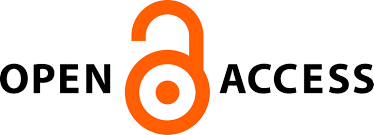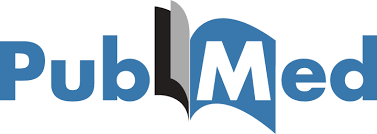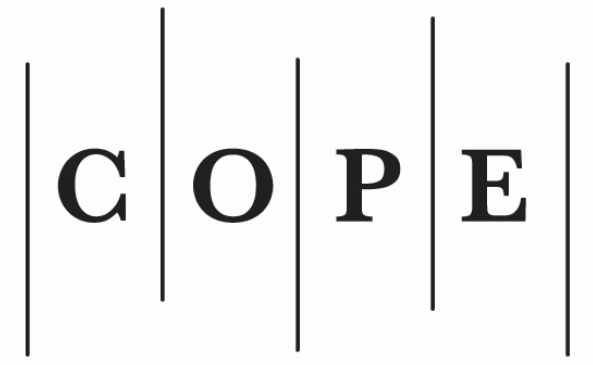Nedarbas ir nusikalstamumas Lietuvos kaime 1918–1990 m.
plugins.themes.bootstrap3.article.main695b2f01469b5
Santrauka
Nedarbo ir nusikalstamumo Lietuvos kaime problemas nagrinėsime dviejų straipsnių cikle.
Šiame, pirmame, straipsnyje apžvelgsime XX a. pirmosios pusės nepriklausomos Lietuvos socialinę ir nusikalstamumo raidą analizuodami nedarbą, alkoholio ir kitų narkotikų vartojimą, žemės reformos eigą bei visų šių veiksnių įtaką nusikalstamumui tuometinės Lietuvos kaime ir palyginsime Lietuvos padėtį su kitų šalių analogiškų kriterijų raida. Per minėtą laikmetį kaimiško tipo visuomenei būdingam nusikalstamumui Lietuvoje (kaip ir, pvz., Skandinavijos šalyse) turėjo įtakos nedarbas, pasaulinės ekonominės krizės padariniai. Iki 1940 m. jis padidėjo maždaug vienu penktadaliu.
Taip pat tyrinėjama Lietuvos socialinė raida ir nusikalstamumas per visą okupacijos laikmetį, t. y. prieš, per ir po Antrojo pasaulinio karo ir ypač vadinamuoju brandaus socializmo laikotarpiu (1960–1988 (1989)) Lietuvoje. Per pastarąjį laikmetį nusikalstamumas Lietuvoje padidėjo maždaug du kartus. Analogiškai kito nusikalstamumas Lietuvos kaime, tačiau kaimo gyventojų kriminalinis aktyvumas buvo 1,5–2 kartus mažesnis negu miesto gyventojų. Nuo 1989 m., taip pat ir atgavus nepriklausomybę, prasidėjo nusikalstamumo šuolis Lietuvoje, kuris tęsėsi iki 1995 (1996) m. Nusikalstamumą Lietuvos kaime po nepriklausomybės atkūrimo nagrinėsime kitame straipsnyje.
Šiame, pirmame, straipsnyje apžvelgsime XX a. pirmosios pusės nepriklausomos Lietuvos socialinę ir nusikalstamumo raidą analizuodami nedarbą, alkoholio ir kitų narkotikų vartojimą, žemės reformos eigą bei visų šių veiksnių įtaką nusikalstamumui tuometinės Lietuvos kaime ir palyginsime Lietuvos padėtį su kitų šalių analogiškų kriterijų raida. Per minėtą laikmetį kaimiško tipo visuomenei būdingam nusikalstamumui Lietuvoje (kaip ir, pvz., Skandinavijos šalyse) turėjo įtakos nedarbas, pasaulinės ekonominės krizės padariniai. Iki 1940 m. jis padidėjo maždaug vienu penktadaliu.
Taip pat tyrinėjama Lietuvos socialinė raida ir nusikalstamumas per visą okupacijos laikmetį, t. y. prieš, per ir po Antrojo pasaulinio karo ir ypač vadinamuoju brandaus socializmo laikotarpiu (1960–1988 (1989)) Lietuvoje. Per pastarąjį laikmetį nusikalstamumas Lietuvoje padidėjo maždaug du kartus. Analogiškai kito nusikalstamumas Lietuvos kaime, tačiau kaimo gyventojų kriminalinis aktyvumas buvo 1,5–2 kartus mažesnis negu miesto gyventojų. Nuo 1989 m., taip pat ir atgavus nepriklausomybę, prasidėjo nusikalstamumo šuolis Lietuvoje, kuris tęsėsi iki 1995 (1996) m. Nusikalstamumą Lietuvos kaime po nepriklausomybės atkūrimo nagrinėsime kitame straipsnyje.
plugins.themes.bootstrap3.article.details695b2f014a4be
Skyrius
Mokslo straipsnis
Šiam žurnalui suteikta Creative Commons Priskyrimas - CC BY 4.0 licencija (taikoma nuo 2025 m.).






